UNESCO is an international organisation whose aim is the promotion of education, science, culture, communication and information. It gives the title of World Heritage Site to places that qualify due to their uniqueness and authenticity. They also have a so-called Black List for those places that are threatened by grave danger.
Here are the third 11 beautiful places in the world you should visit as soon as possible:
Part 3/4 (status 13.03.15)
Index:
Medieval Monuments in Kosovo (2006).23
Niokolo-Koba National Park (2007).24
Samarra Archaeological City (2007).25
Belize Barrier Reef Reserve System (2009).26
Historical Monuments of Mtskheta (2009).27
Los Katíos National Park (2009).28
Bagrati Cathedral and Gelati Monastery (2010).29
Rainforests of the Atsinanana (2010).30
Tombs of Buganda Kings at Kasubi (2010).31
Tropical Rainforest Heritage of Sumatra (2011).32
Birthplace of Jesus: Church of the Nativity and the Pilgrimage Route, Bethlehem (2012).33
11 Beautiful places in the world that will be gone soon/3:
23. Medieval Monuments in Kosovo (map)
 click to see more pictures of the Monuments in Kosovo.
click to see more pictures of the Monuments in Kosovo.
What are Medieval Monuments in Kosovo? Medieval Monuments in Kosovo is a World Heritage Site consisting of four Serbian Orthodox Christian churches and monasteries which represent the fusion of the eastern Orthodox Byzantine and the western Romanesque ecclesiastical architecture to form the Palaiologian Renaissance style. The sites are located in Kosovo, which Serbia considers to be its southern province, although it unilaterally declared independence in 2008. In 2004, UNESCO recognized the Dečani Monastery for its outstanding universal value. Two years later, the site of patrimony was extended as a serial nomination, to include three other religious monuments.
Why are they on the list? In 2006 the property was inscribed on the List of World Heritage in Danger due to difficulties in its management and conservation stemming from the region's political instability.
24. Niokolo-Koba National Park (map)
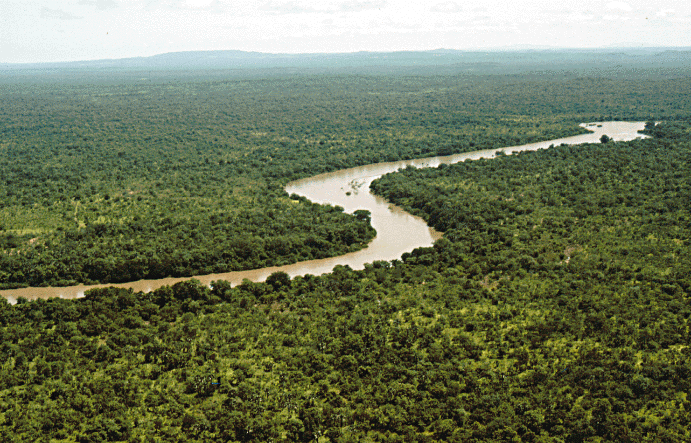 click to see more pictures of Niokolo-Koba Park.
click to see more pictures of Niokolo-Koba Park.
What is Niokolo-Koba National Park? The Niokolo-Koba National Park is a natural protected area in south eastern Senegal near the Guinea-Bissau border.
Why is it on the list? Degradation of property, low mammal population, management problems and impact of a proposed dam on the Gambia River.
25. Samarra Archaeological City (map)
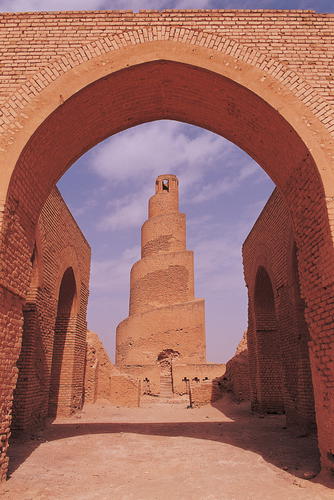 Pic by Jean-Jacques Gelbart, click to see more pictures of the Samarra Archaeological City.
Pic by Jean-Jacques Gelbart, click to see more pictures of the Samarra Archaeological City.
What is the Samarra Archaeological City? Sāmarrā is a city in Iraq. It stands 125 kilometers north of Baghdad and, in 2003, had an estimated population of 348,700. In 2007, UNESCO named Samarra one of its World Heritage Sites.
Why was it added to the list? Security situation following the Iraq War and lack of state control for protection or management of the site
26. Belize Barrier Reef Reserve System (map)
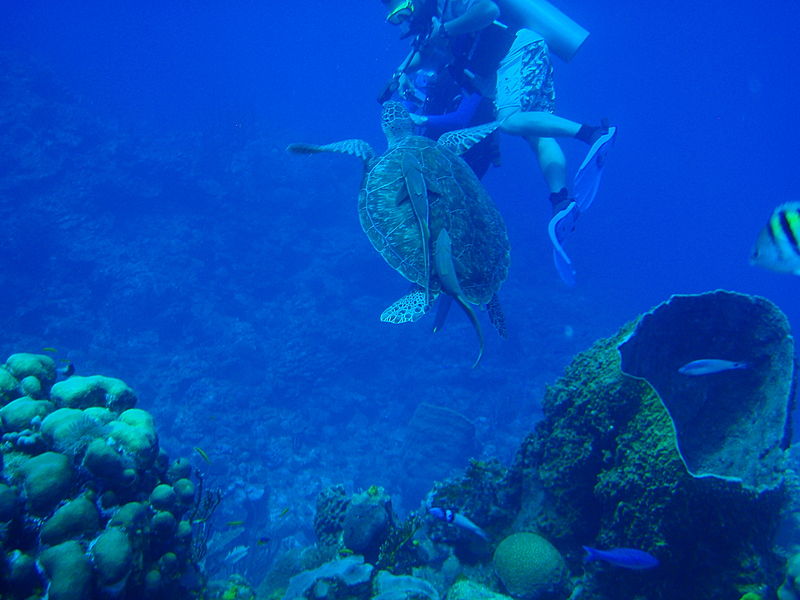 click to see more pictures of the Belize Barrier Reef.
click to see more pictures of the Belize Barrier Reef.
What is Belize Barrier Reef Reserve System? The Belize Barrier Reef is a series of coral reefs straddling the coast of Belize. The Belize Barrier Reef is a 300-kilometer (190 mi) long section of the 900-kilometer (560 mi) Mesoamerican Barrier Reef System making it one of the largest coral reef systems in the world after the Great Barrier Reef in Australia and the New Caledonia Barrier Reef. It is Belize's top tourist destination, popular for scuba diving and snorkeling and attracting almost half of its 260,000 visitors. It is also vital to the country's fishing industry. Charles Darwin described it as "the most remarkable reef in the West Indies" in 1842.
Why was it added? Mangrove cutting and excessive development.
27. Historical Monuments of Mtskheta (map)
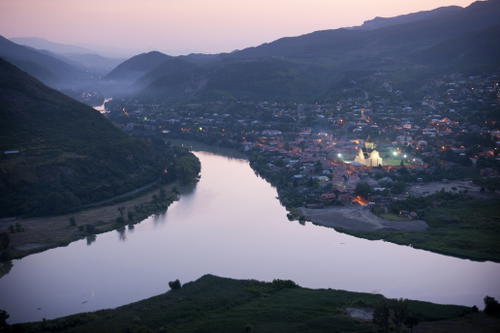 Pic by Amos Chapple for OUR PLACE, click to see more pictures of the Monuments of Mtskheta.
Pic by Amos Chapple for OUR PLACE, click to see more pictures of the Monuments of Mtskheta.
What are the Historical Monuments of Mtskheta? Mtskheta is one of the oldest cities of Georgia and one of the oldest continuously inhabited cities in the world. The city is now the administrative centre of the Mtskheta-Mtianeti region. Due to its historical significance and numerous ancient monuments, the "Historical Monuments of Mtskheta" became a UNESCO World Heritage Site.
Why are they on the list? For concerns about the preservation of the site.
28. Los Katíos National Park (map)
 Pic by Archivo Parques Nacionales Colombia, click to see more pictures of Los Katíos.
Pic by Archivo Parques Nacionales Colombia, click to see more pictures of Los Katíos.
What is Los Katíos National Park? Los Katíos National Natural Park is a protected area located in northwest Colombia which covers about 720 km2 (280 sq mi). The elevation ranges between 50 m (160 ft) and 600 m (2,000 ft). The park was declared a World Heritage Site due to the extraordinary diversity of plant and animal species represented. The park contains over 25% of the bird species reported for Colombia in an area less than 1% of the total Colombian territory. The topography of the Los Katios National Park is diverse, with low hills, forests and wet plains comprising its total area. The Atrato River is the fastest-flowing river in the world, and empties an astonishing 4,900 m³ of water into the Caribbean every second. The wetlands of the Atrato floodplain are unique.
Why was it added? Deforestation, illegal fishing and hunting.
29. Bagrati Cathedral and Gelati Monastery (map)
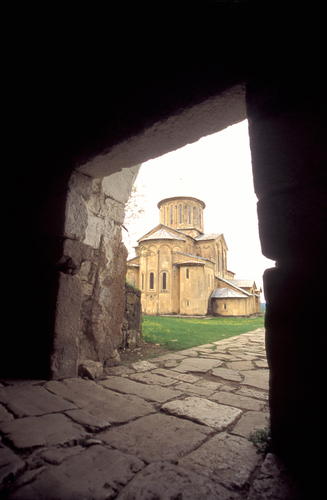 Pic by Martin Gray for Sacred Sites, click to see more pictures of Bagrati and Gelati.
Pic by Martin Gray for Sacred Sites, click to see more pictures of Bagrati and Gelati.
What are the Bagrati Cathedral and the Gelati Monastery? The Bagrati Cathedral, is the 11th-century cathedral church in the city of Kutaisi, Georgia. The cathedral, rebuilt officially on September 16, 2012 after heavy damage ages ago, served as a masterpiece in the history of modern and medieval Georgian architecture. Gelati is a monastic complex in western Georgia. It contains the Church of the Virgin founded by the King of Georgia David the Builder in 1106, and the 13th-century churches of St George and St Nicholas.
Why are they on the list? Major reconstruction project that will lead to irreversible interventions and undermine the authenticity and integrity of the site.
30. Rainforests of the Atsinanana (map)
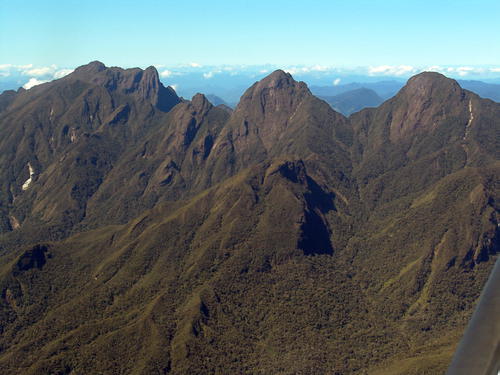 Photo by Geoffroy Mauvais for IUCN, click to see more pictures of the Rainforests.
Photo by Geoffroy Mauvais for IUCN, click to see more pictures of the Rainforests.
What are the Rainforests of the Atsiananana? The Rainforests of the Atsinanana is a World Heritage Site consisting of 13 specific areas located within six national parks in the eastern part of Madagascar. These relict forests are critically important for maintaining ongoing ecological processes necessary for the survival of Madagascar’s unique biodiversity, which reflects the island’s geological history. The rainforests are inscribed for their importance to both ecological and biological processes as well as their biodiversity and the threatened species they support.
Why are they on the list? Many species are rare and threatened by illegal logging and hunting especially lemurs and other primates.
31. Tombs of Buganda Kings at Kasubi (map)
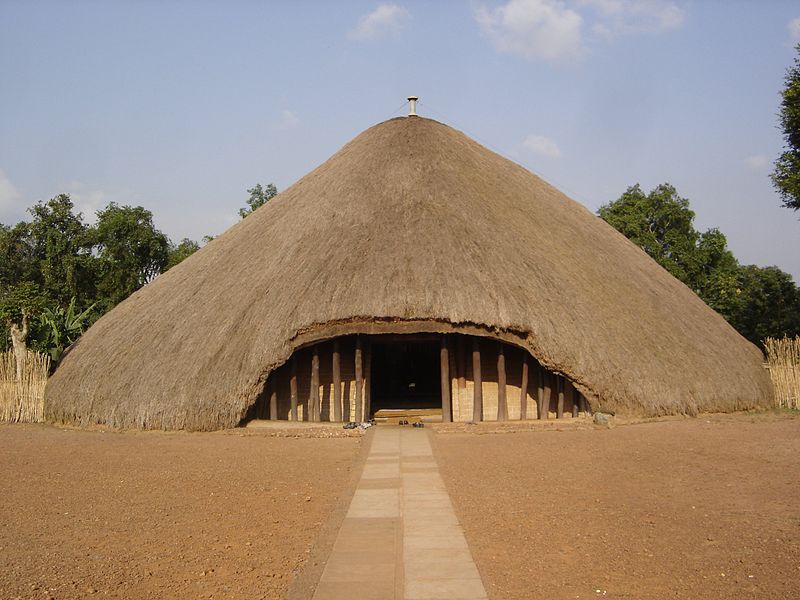 click to see more pictures of the Tombs of Buganda Kings.
click to see more pictures of the Tombs of Buganda Kings.
What are the Tombs of Buganda Kings at Kasubi? The Kasubi Tombs in Kampala, Uganda, is the site of the burial grounds for four kings of Buganda.
Why are they on the list? On 16 March 2010, some of the major buildings there were almost completely destroyed by a fire, the cause of which is under investigation.
32. Tropical Rainforest Heritage of Sumatra (map)
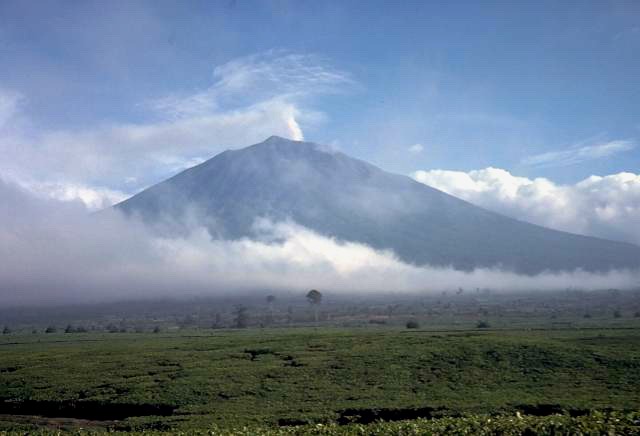 click to see more pictures of the Rainforest of Sumatra.
click to see more pictures of the Rainforest of Sumatra.
What is the Tropical Rainforest Heritage of Sumatra? The Tropical Rainforest Heritage of Sumatra site comprises three Indonesian national parks on the island of Sumatra. The site is listed under Criteria vii: outstanding scenic beauty and ix: an outstanding example representing significant on-going ecological and biological processes and also x: contains the most important and significant natural habitats for in-situ conservation.
Why was it added? Because of Poaching, illegal logging, agricultural encroachment, and plans to build roads through the site.
33. Birthplace of Jesus: Church of the Nativity and the Pilgrimage Route, Bethlehem (map)
 Photo by Silvan Rehfeld, click to see more pictures of the Birthplace of Jesus.
Photo by Silvan Rehfeld, click to see more pictures of the Birthplace of Jesus.
What is the Church of the Nativity? The Church of the Nativity is a basilica located in Bethlehem, Palestinian territories. The church was originally commissioned in 327 AD by Constantine and his mother Helena over the site that is still traditionally considered to be located over the cave that marks the birthplace of Jesus of Nazareth. The Church of the Nativity site's original basilica was completed in 339 AD and destroyed by fire during the Samaritan Revolts in the sixth century AD. A new basilica was built 565 AD by Justinian, the Byzantine Emperor, restoring the architectural tone of the original. Due to its cultural and geographical history, the site holds a prominent religious significance to those of both the Christian and Muslim faiths.
Why is it on the list? Because of water damage and political and religious issues.
Go to the previous 11 beautiful place in the world | Go to the next 11 beautiful place in the world



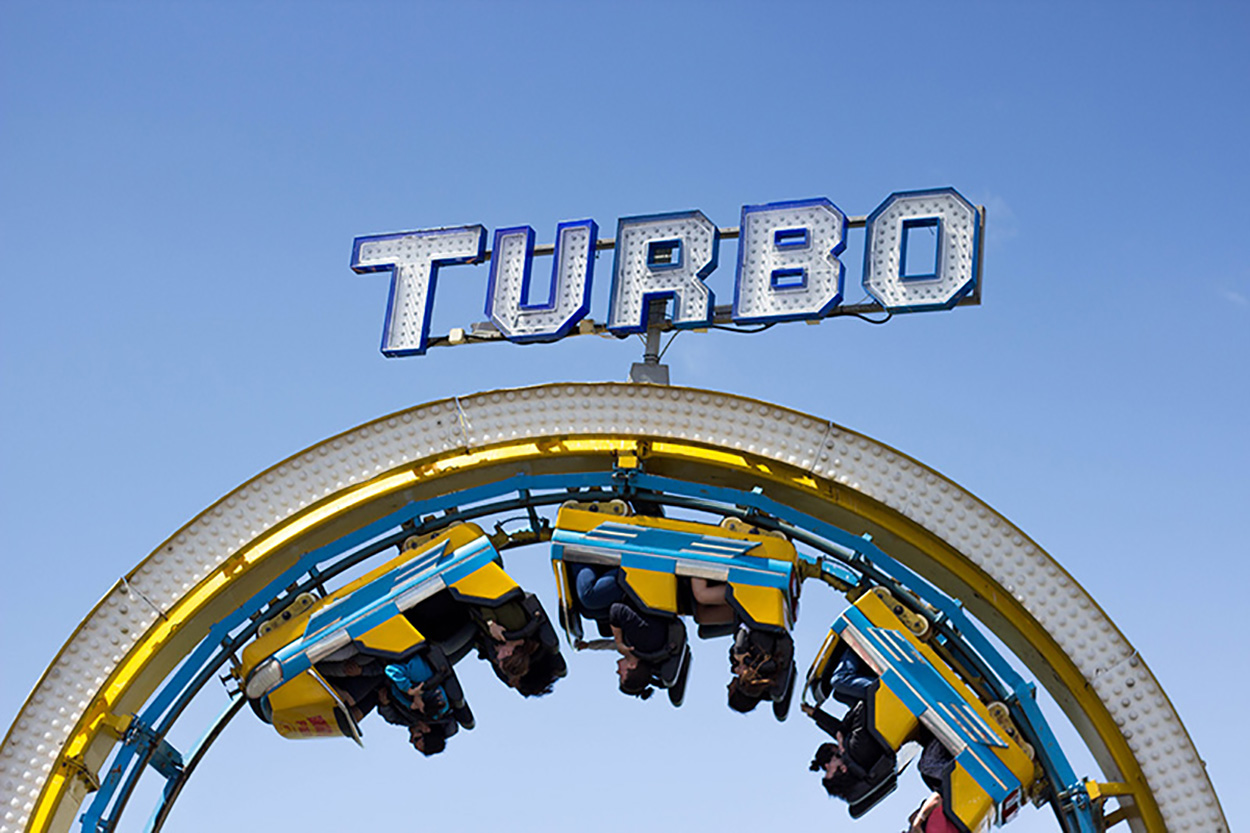

Comments